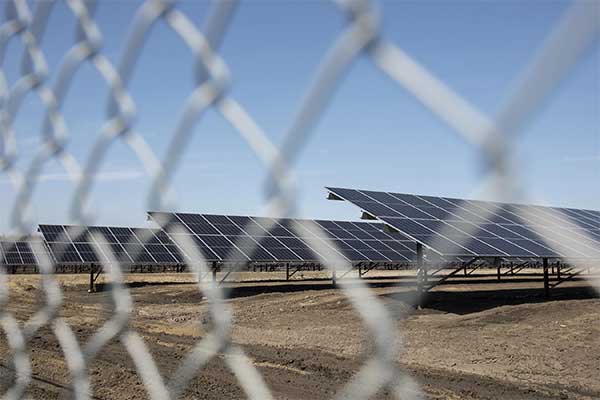Alberta, Canada’s leading crude oil producer, is reportedly set to introduce regulations that will restrict renewable energy projects from being developed on high-quality agricultural land.
This decision, as reported by The Globe and Mail, is part of a broader initiative by Alberta’s government, led by Premier Danielle Smith and Utilities Minister Nathan Neudorf, to manage land use more effectively and address concerns over the reliability of renewable energy sources.
This move comes after Alberta paused approvals for new renewable energy projects until March 2024, citing issues with reliability and land use. This pause has significantly impacted the investment climate for renewables in the province, which has historically relied heavily on natural gas for electricity and is responsible for over 82% of Canada’s crude oil production.
The proposed regulations align with Alberta’s skepticism towards the federal government’s goal, championed by Prime Minister Justin Trudeau, of achieving a net-zero emissions power grid by 2035.

Marlaina Danielle Smith ECA is a Canadian politician and journalist who has been serving as the 19th premier of Alberta since October 11, 2022, and leader of the United Conservative Party since October 6, 2022. Smith entered provincial politics in 2009, becoming the leader of the Wildrose Party.
Alberta’s stance presents a significant challenge to these national clean energy objectives, with Premier Smith deeming them unrealistic.
The forthcoming regulations are expected to address concerns related to land reclamation and the preservation of scenic landscapes. Specifically, they will prohibit renewable energy developments on lands classified as having high agricultural value unless it can be demonstrated that such projects can coexist with farming activities.
Additionally, the province plans to enforce buffer zones around designated protected areas to maintain their natural beauty, effectively banning new wind energy projects within these zones.
This development raises questions about the balance between preserving agricultural land and promoting renewable energy as part of a broader strategy to combat climate change.
While the protection of prime farmland is crucial for food security and biodiversity, the restrictions could hinder Alberta’s and, by extension, Canada’s progress towards a sustainable and clean energy future.
As such, this move underscores the need for comprehensive policies that harmonize environmental preservation with the transition to renewable energy, ensuring that efforts to safeguard natural and agricultural resources do not come at the expense of climate goals.













Comments